When I found out about how detrimental to the environment fast fashion was, I wanted to change my ways immediately. Then I realized that sustainability is a journey. So, more than having an overnight sustainable closet, I will most likely transition into one. There are many ways we can start our sustainable closet. We have created a list of 10 tips for you to see that there are more options than what you thought and that there is room for different budgets and styles.
With our tips, you will be able to start the journey to a more sustainable wardrobe. And please, if you have any questions or want to add something to the list, do let us know! ?
10 TIPS ON HOW TO CREATE A MORE SUSTAINABLE CLOSET
1. Asses your closet
The most sustainable clothes are the ones already in your closet. So, make sure you are fully utilizing the potential of your closet. Most of the time, we end up using a small portion of our clothes. I have pieces I haven´t used in months, actually even years. So, put them in the spotlight if you still love them and use them!
If you are sure you are no longer in love with them and you will not be using them, then donate them, give them to your friends, or follow any of the other tips we have put together for you.
2. Take care of your clothes and increase their lifespan
By taking care of clothes you can reduce your clothing consumption and most importantly keep them wearable for other potential users or uses. In order to lengthen your clothes’ lifespan, you have to purchase good quality clothes and be mindful of how to take care of them. Each garment, fabric or design might require a different approach when it comes to washing and storing.
One key element for a more sustainable closet is to wash only when needed. The washing process frictions the fabrics, reshapes the clothes, etc… Denim, for example, doesn’t need to be washed after every use at all.
Another good tip when washing is to use cold water when possible. Why? Most of the energy used when washing (and we need to translate this to carbon emissions) are coming from heating the water in your washing machine. So, if your clothes are good for a cold wash, take that into account.
3. Shop with intention
 As fast fashion has a lot of impact on the environment, we should do our part by making smarter shopping decisions. We are so used to buying cheap clothes it became kind of impulse shopping. When you are more aware of your power as a consumer and decide to embrace a conscious and sustainable closet, your decision making gets longer and more.. well! conscious. ?
As fast fashion has a lot of impact on the environment, we should do our part by making smarter shopping decisions. We are so used to buying cheap clothes it became kind of impulse shopping. When you are more aware of your power as a consumer and decide to embrace a conscious and sustainable closet, your decision making gets longer and more.. well! conscious. ?
You care to read the labels, look for quality in a very saturated market of cheap crappy items, you care to look for slow fashion designers, sustainable materials, locally produced garments… you name it! I know it might sound daunting. It is! Well, and it was for Araceli Gallego, and that is why she started Goshopia.com in the first place. To curate and help select designers, brands and even pieces that would fall within the 3S´s that are part of our philosophy. Slow |Sustainable |Socially Responsible.
It is a lot of work but we love to be of service!
4. Be informed about the brands
There are brands that promote and sell sustainable clothes. There are local and international, on a budget and luxury, but it is true that it might be difficult to spot them. Many are in the US, Europe or Australia. These markets are more mature when it comes to sustainability and eco-living. The Middle East is in its infancy, to be honest. Not only when it comes to designers and brands, but also when it comes to consumer awareness.
Every brand you find in Goshopia has a story behind that is told on the designer page and also in the product description.
5. Buy less, Buy better
It might be funny that we tell you this, but it is true. Buy less, buy only what you need. Before buying, check if there is already something in your closet that could replace your new item. Also, think of how many times will you use that new garment. If it is only for a one-day event, might be better to rent it or ask a friend to loan you a dress.
If still, you need to buy it, make sure it is of good quality, it is built to last and you are able to take care of it. Let’s be honest, when we buy low-priced clothes, we don´t care too much about them and we tend to throw them away when they become no good (and sometimes it is because a button is missing). Luxury items become heritage pieces not only because of their quality but also for the care the wearer gives them. Let´s strive to have more heritage-to-be pieces!
6. Look for sustainable materials
When shopping, think in the long run and purchase durable, high-quality fabrics and multifunctional clothes that match your style and your lifestyle. Organic cotton, wool, hemp, linen, and silk are some of the most eco-friendly fibers. They are biodegradable and easy to recycle and reuse.
There is some debate as to if recycled polyester is good or bad as it releases microfibers when washed. The sad truth is that we have polluted so much with plastic that now we need to decide if we leave it in the ocean or if we are to give it a second life. So, try first to use organic materials, and if you need to use technical fabrics with polyester or other man-made materials, think about how you can take care of them and make the most out of them.
7. Make use of vintage
Yes, buying second-hand clothing is sustainable. Why? To start with, it doesn’t have additional manufacturing and no new resources have been used to create it.
There are some vintage pieces that are total pieces of art. Besides, what we love most about vintage and thrifting is that the chances to have the “same dress situation” are null.
If you want to see how Adriana Lopez is renovating her wardrobe using only second-hand options, read her awesome article here.
>>Second Chances: Renovate your Wardrobe Instead of Buying New
8. Reuse, Repair, Recycle, Upcycle…
There are so many cool ways to give a second life to our old clothes. Rather than throwing them away, we can repair and reuse them in creative ways.
By doing this we can also lengthen the lifespan of the clothes- or at least of the fabric. We don’t necessarily need to know sewing or designing to mend our old clothes. In fact, it does not need any perfection. We can come up with innovative ideas to reuse our old garments by watching YouTube videos and following Do It Yourself project tutorials.
You can draw inspiration from celebrities and other social media influencers to reconstruct your old clothes and feel confident in what we wear. By following these steps, we can save our money and the planet.
9. Shop Slow Fashion
There is another way to dress super nicely, almost custom- made and be environmentally friendly, and that is to shop from slow fashion designers. Slow fashion is a term coined to show the alternative to fast fashion. Same as with fast food, there is a new movement called slow food which aims us to eat delicious, slowly cooked, very well thought and carefully prepared meals. Like what our moms used to cook!
Same with clothes… Small designers that don’t mass produce, that do small batches and take care of every step of the process are slow fashion designers. Why is this option better for the environment? Because the offer and the demand meet closer to one another and there is less waste. Have you ever thought of what happens to all the unsold items from the fast fashion shops? Most of them will finish their days incinerated or as landfill.
And you want to have another reason as to why it is great to buy from slow fashion designers? Because you are buying exclusivity and supporting talent and creativity. They are a great addition to your sustainable wardrobe.
10. Don´t bin it!
Only 20% of the clothes will be recycled and that is because we throw them away and they get lost in the middle of all the rest of waste. Please don´t just bin them! Take them to recycling stations, to fashion schools, to charity shops, to thrifting places… They deserve a second life and what is waste for you, might be precious for someone else.
One last thing
One important thing I don’t want to leave unsaid. We need to break free from the feeling that we can not repeat any clothes that we have already posted on Instagram. Please!!!! Be free, Be yourself. That is the coolest thing in the world!
I invite you to think about it the other way around. Why is it that you use that piece often? Because it looks great on you! Because you feel comfortable in your skin with it! So, wear proudly your clothes. The amount of time they are with you, translate on how you care for them.
We really hope that this article has encouraged you to start a more eco-friendly closet. If you have any questions, do let us know. We are happy to help!
LIKED THIS ARTICLE?
Then you might like these ones too!

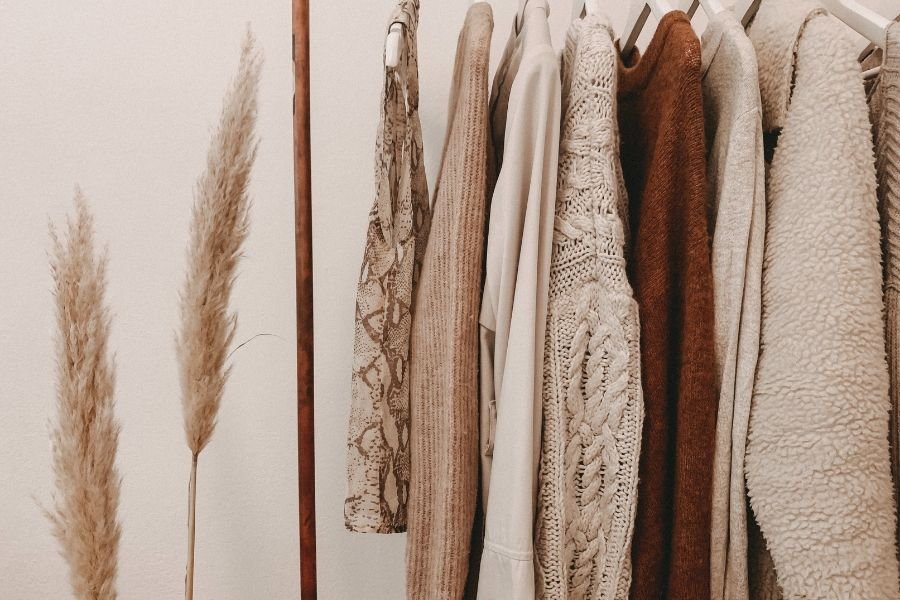








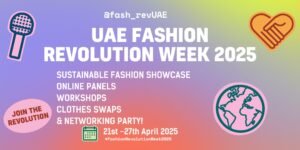


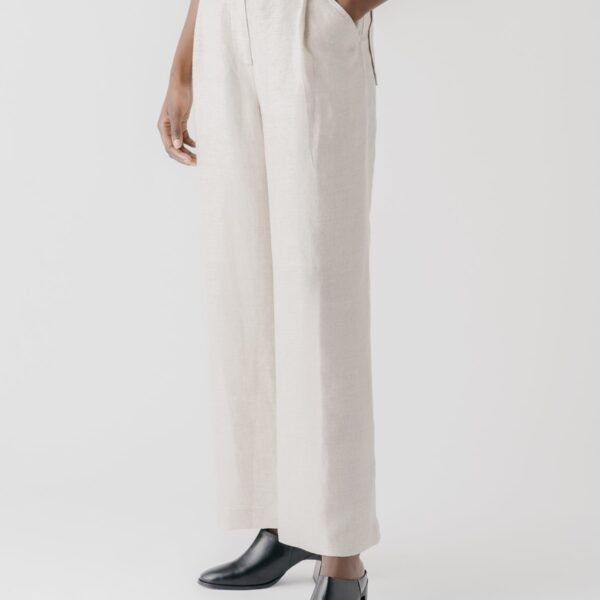
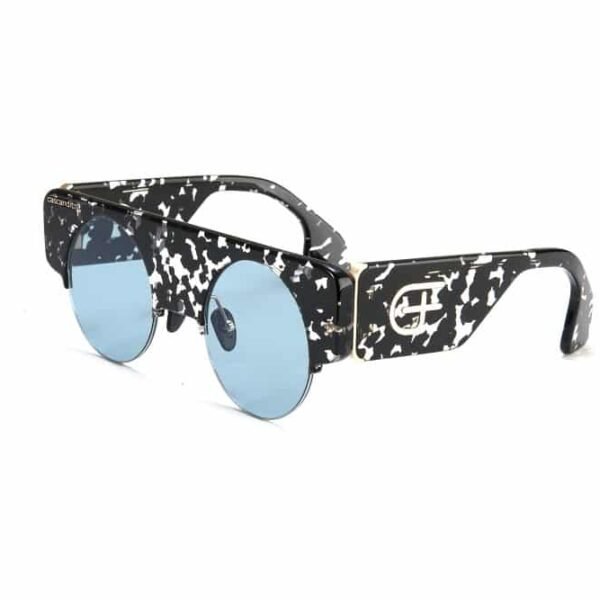
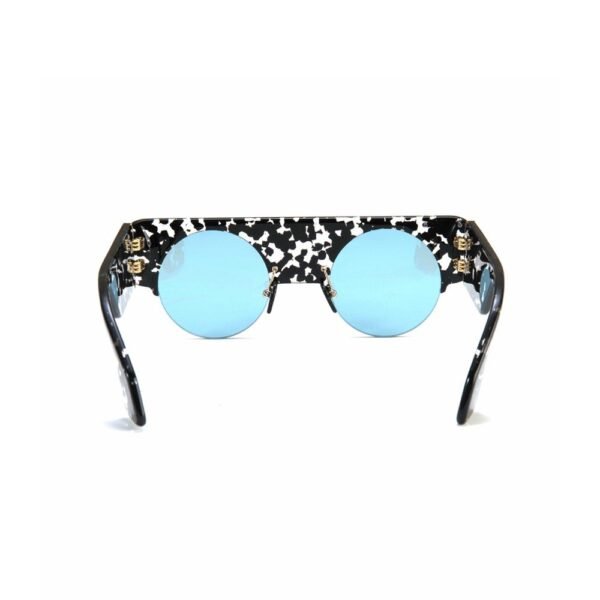

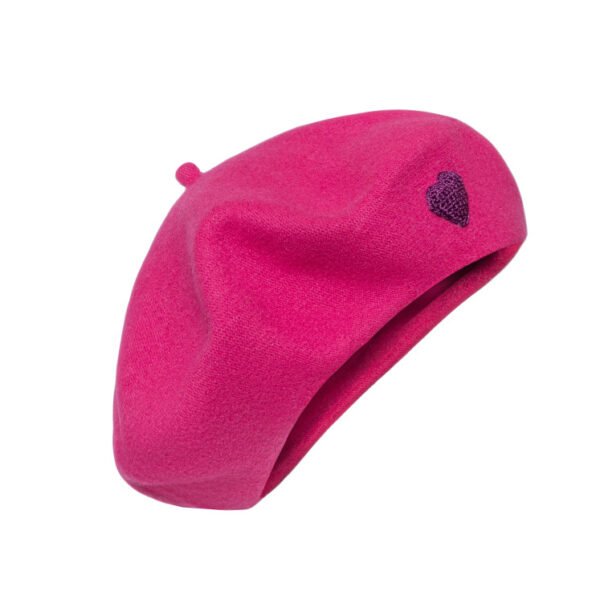
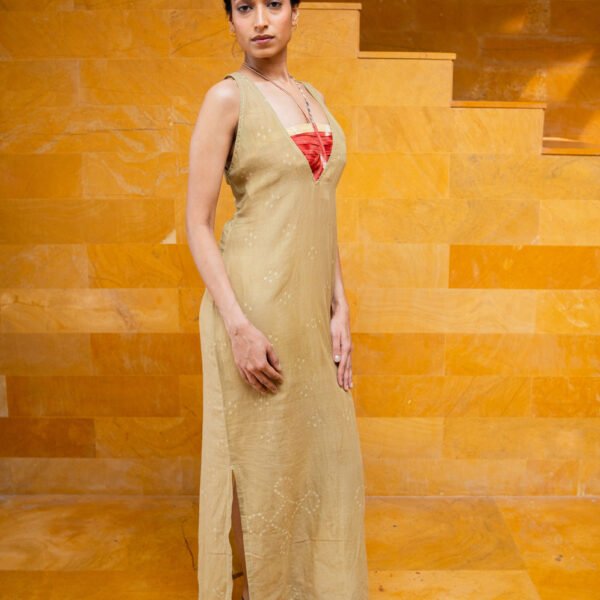



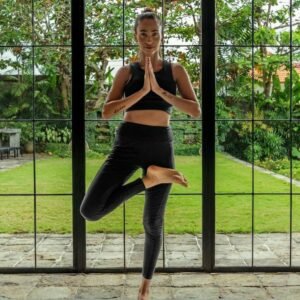





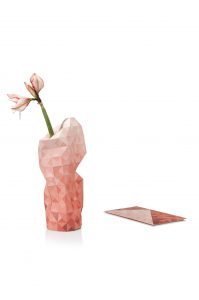


1 Comment
Understanding Vegan Fashion » Goshopia: Slow & Sustainable Fashion
20 January 2020 at 02:11[…] HOW TO CREATE A SUSTAINABLE CLOSET […]